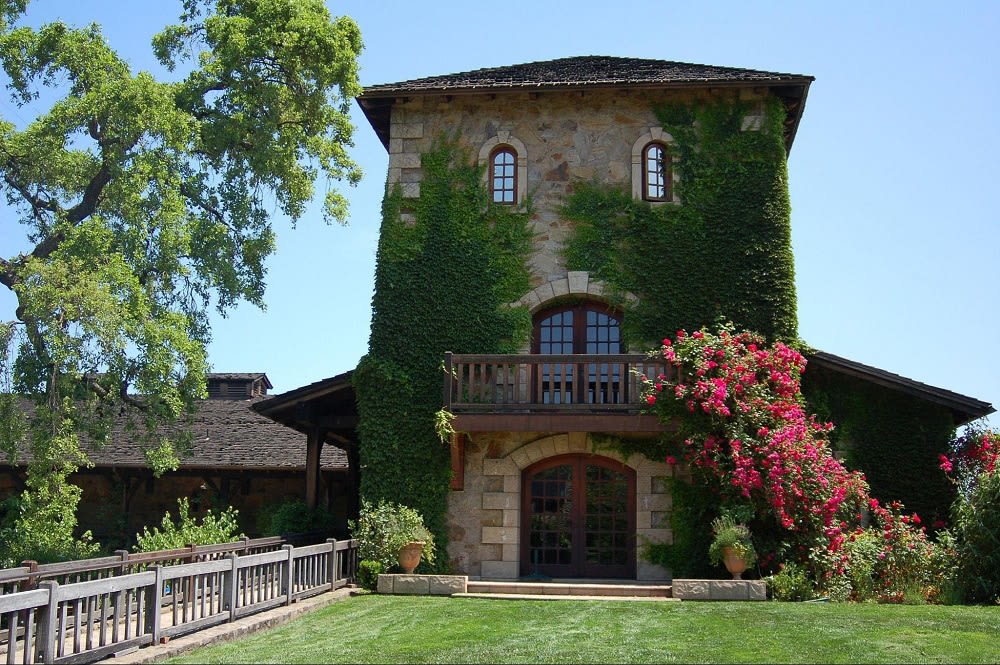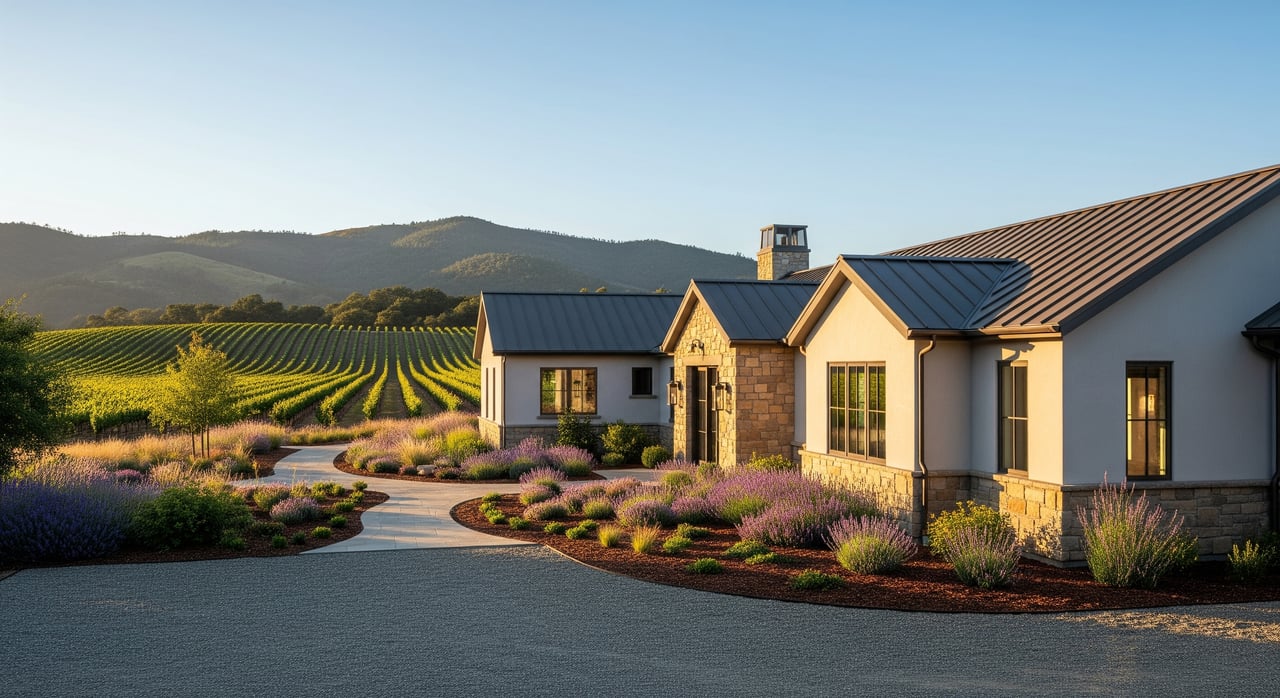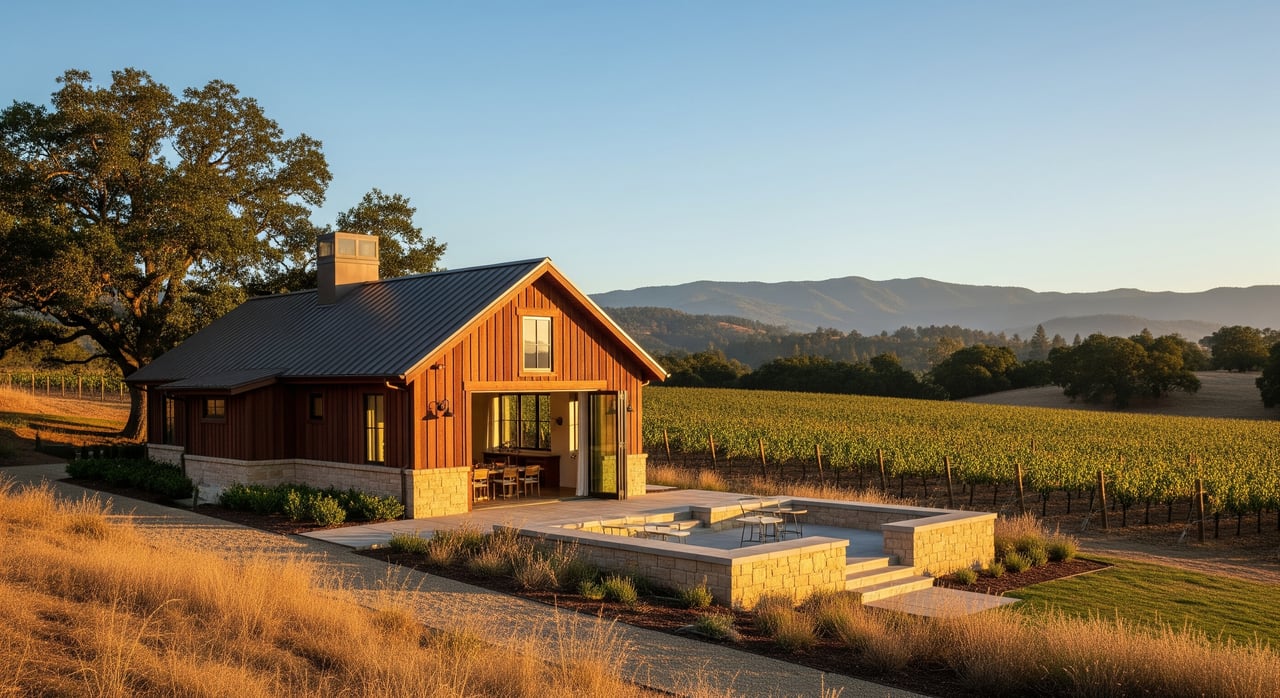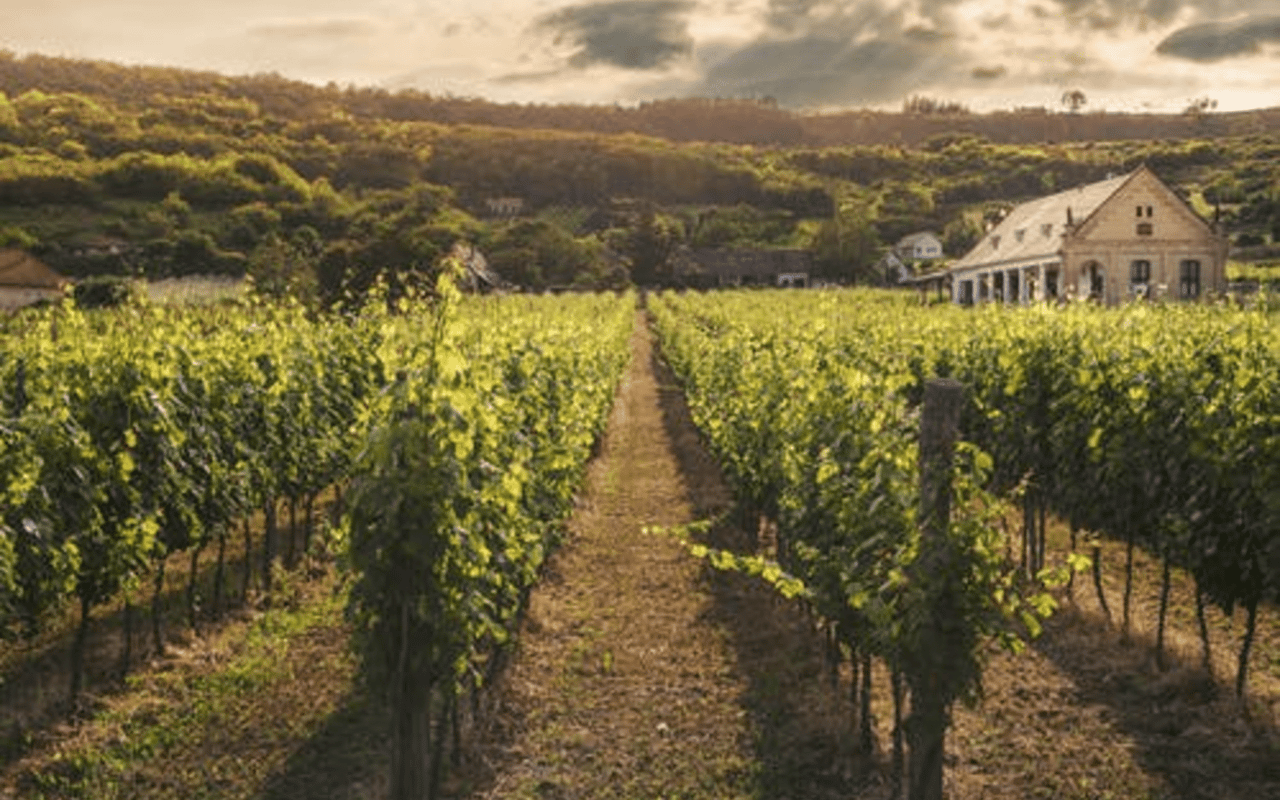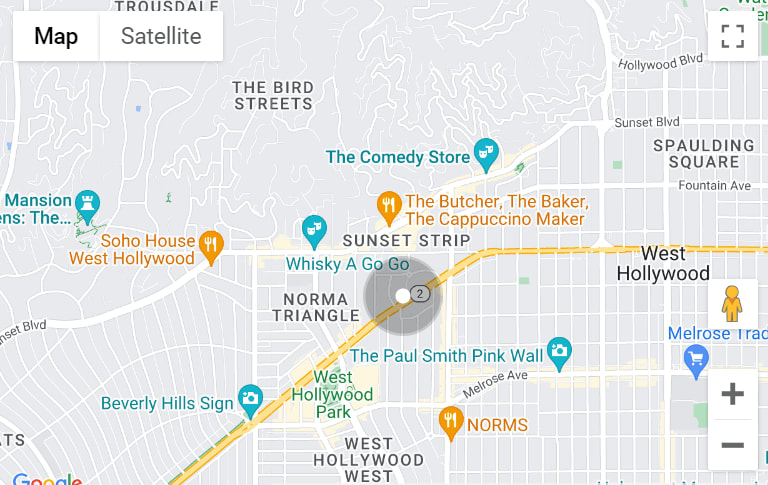Designing landscaping with sustainability in mind is better for the environment - and for your quality of life. When done well, adding sustainable landscaping to your Napa Valley wine country property will increase the value of your real estate.
Sustainable landscaping works harmoniously with your local climate and soils. Adapted to your area’s rainfall rate so it’s able to thrive with minimal water, thoughtfully designed landscaping also requires minimal pesticides and fertilizers - thereby minimizing the pollutants to fish and wildlife.
The best part of sustainable landscaping is the low maintenance. Spend time enjoying your outdoor spaces with these six tips for sustainable landscaping in Napa Valley.
#1 Think long term
The size and shape of your trees and shrubs will change over time, and they’ll need enough space to reach their full size without frequent pruning. So, you’ll want to plan your landscaping accordingly. Think ahead to what your plants and shrubs will look like a few years down the road. It takes a couple of years for them to mature into their full beauty.
If you plan to list your home among other Sonoma homes for sale, planning will ensure your plants are at their prime when you list the property. When designing, you’ll also want to ensure there won’t be any growth over walkways or steps. Obvious safety reasons aside, designing around your walkways will minimize the time needed to prune any overgrowth.
#2 Start with healthy soil
Healthy soil resists pests, disease, drought, and other conditions that normally reduce the fertility of the plants. Good soil practice avoids surface disruption and limits erosion. Using compost and mulch allows organisms to thrive - the organisms, animals, and insects present in healthy soil all play a role in cycling it. As they break down compost, mulch, and plant clippings, their waste creates natural fertilizer and serves as pest control for unwanted organisms.
Plants supported by fertile soil are naturally pest-resistant and thrive. A key practice is to minimize the amount of tilling you do on your wine country real estate’s soil, as tilling can damage the environment created by the organisms. Only use tilling to improve problem areas, such as where the soil is compacted or where drainage issues are apparent.
#3 Environmental harmony
Take advantage of the natural formation of your land. You likely have areas where water naturally flows, and areas that don’t dry out as quickly after rain. You may also have spots that don’t see much rain unless it’s a strong and heavy downpour. Place plants that need more water in the areas of your lawn where water naturally flows, and the plants that need dry land in drier zones. Consider directing the rain flow from your gutters toward your plants.
Different plants have different needs - some require full sun, and some require partial shade. You’ll ensure better success by choosing native plants that are already acclimated to the Napa Valley climate. Just plant the right plant in the right place, and they’ll thrive naturally. Using plants that are native to the area will help ensure sustainability and adaptability on your wine country property.
#4 Use sustainable materials
Sustainable landscaping is only as good as the materials you use. Consider prioritizing sustainable materials, which are produced in a way that is least damaging to the environment. For hardscape materials, look for permeable asphalt, permeable concrete, or recycled concrete. Avoid recycled rubber mulches. Instead, use bark mulch materials. They’re widely available and are completely organic.
Sustainable wood for fences, decks, and raised beds is a good pick over other materials and can be painted to provide color. Sustainable lighting options are available and are becoming cheaper every year. Solar lights are best, so use those when possible. LED lights are a good second choice - they use less energy, last longer, and don’t have toxins like mercury in the bulb. Environmentally conscientious amenities are increasingly popular in Sonoma homes for sale.
#5 How to compost
Composting offers a natural alternative to using chemical fertilizers on your lawn and garden. It reduces landfill waste by turning compostable materials into nutrients for your plants. According to CalRecycle, over one-third of landfill waste is compostable material that could otherwise be composted.
Compostable materials are either carbon- or nitrogen-based. Examples of carbon-rich materials are dead leaves, shredded paper bags, coffee filters, coffee grounds, and eggshells. Nitrogen-rich materials can be food scraps, lawn clippings, and of course manure. The nitrogen materials make enzymes, but they should only be one-third of your compost content. The carbon materials are what will help your compost smell nice.
The incorrect perception that compost stinks may make some buyers nervous when shopping for Sonoma homes for sale. Your agent can help educate potential buyers that properly balanced compost emits low amounts of a pleasant, earthy smell.
#6 Trust your local experts
Working with local gardeners and landscapers experienced in sustainable landscaping can make your landscaping project easier and ensure its success. When shopping for materials, don’t be afraid to ask the professionals at the garden center or greenhouse for assistance. They’ll be your primary resource for using plants, trees, shrubs, and other materials that are native to wine country real estate.
Also, if you’re considering making changes to your property and want to ensure you’ll increase the value of your home, an experienced local real estate agent can provide the information to support your decisions. If you’re looking to buy property, your agent can help you find homes in areas best suited for your sustainable landscaping goals.
Mark Stornetta’s team of realtors is experienced in helping home sellers choose the right improvements to increase their home’s value. They’re ready to answer your questions and help you find the home or investment property that fits your needs.
